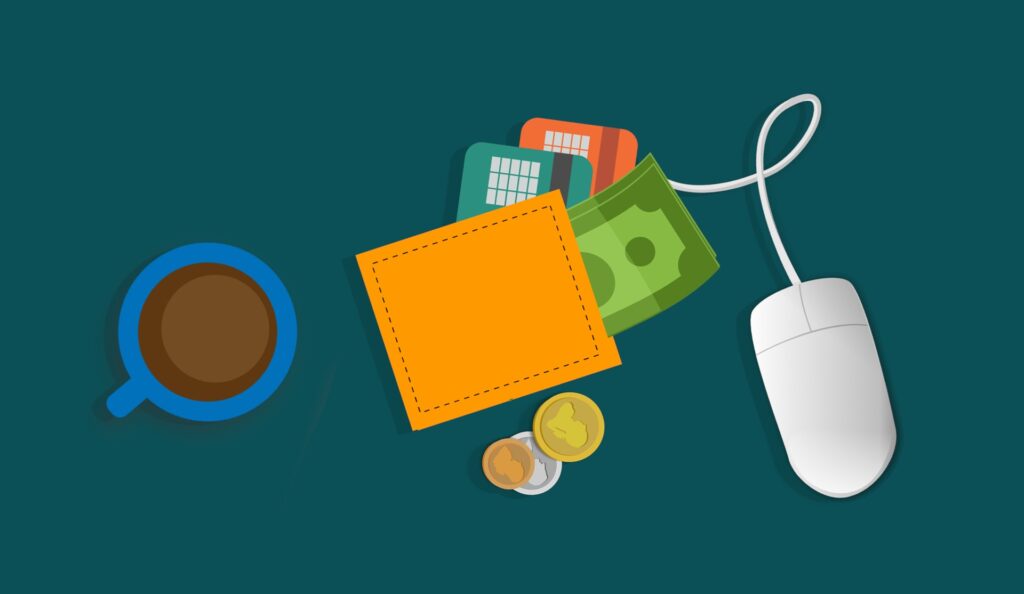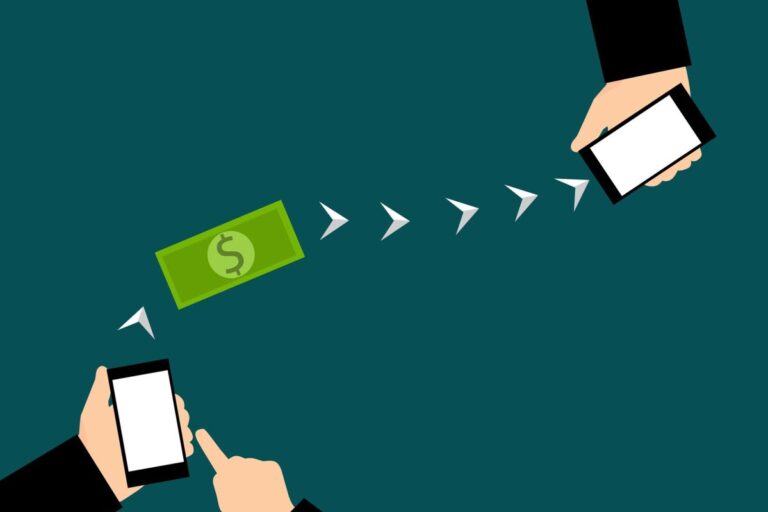If you’ve made a bank transfer in the past, it might have taken a few business days or more. Now, though, technology has enabled faster transfers. Curious about how these faster transfers work?
Whether you need to send money internationally or at home, this article will give you a helpful overview of fast money transfers. Keep in mind that you’ve got many options for transferring money. In this guide, we’ll focus mainly on transfers from one bank account to another.

Steps in a Fast Bank Transfer
Though these steps will vary by a financial institution, the process of making a transfer often follows this order. For specifics, be sure to read the instructions of your chosen bank or credit union.
1. Verify your details.
For domestic bank transfers, you may be able to make fast payments using your online banking app or by visiting a branch near you. If you don’t yet have an account with the bank, you’ll need to follow their process for opening one.
For international transactions, a standard transfer is likely to require you to verify your identity, such as with a government-issued identity card.
2. Get started.
Add your transfer amount and choose your delivery method. In many cases, you can transfer directly to a recipient’s bank account.
When that’s not possible, you may have the option to transfer funds to a third party, such as an agent, pawn shop, or grocery store. In that case, the recipient goes in person to retrieve the money as cash. This is usually referred to as “cash pickup” by money transfer services.
3. Enter the details for the recipient.
When making a transfer of funds directly to a bank account, you need the recipient’s bank details in full. This can include routing information, the IBAN number, or the SWIFT code, depending on the country. You will likely need your recipient’s phone number and address.
4. Enter the payment method.
The next step is to input your payment option. This is usually your bank account but could also be a credit or debit card such as a Visa or Mastercard.
5. Transfer money and track its status.
Depending on the transfer service or bank, you may receive tracking information to see where the transfer is along the way.
Often, you’ll get either a transaction number, confirmation number, PIN, or SMS message to track the transaction status.

How Much Do Instant or Fast Bank Transfers Cost?
Money transfers often have fees involved. Comparing bank transfer options means comparing all types of transfer fees.
Some banks will charge any or all of the following:
- Incoming wire fee;
- Outgoing wire fee;
- Other transaction fees;
- Commissions; and
- An extra margin on the exchange rate.
Be sure to ask about minimum fees and maximum amounts, as banks may have both. Fees may change for large amounts, too.
Lastly, banks may charge differently for ACH transfers, wire transfers, or transfers using a debit card or a credit card.

